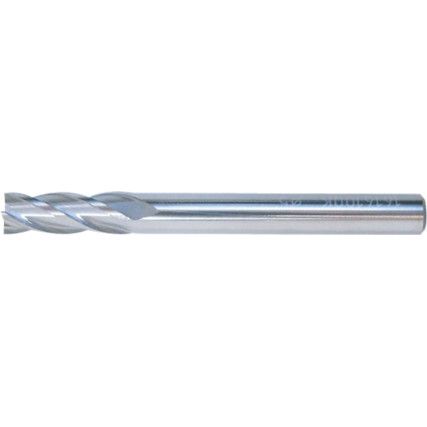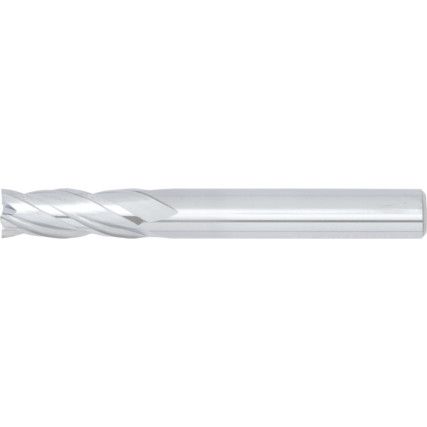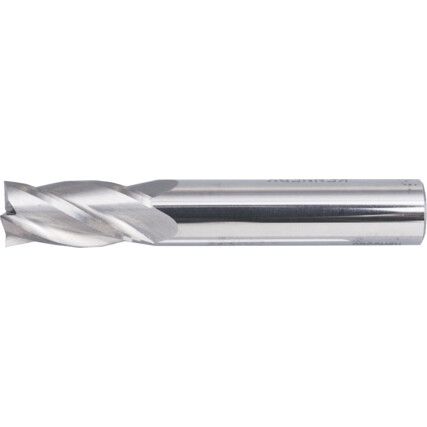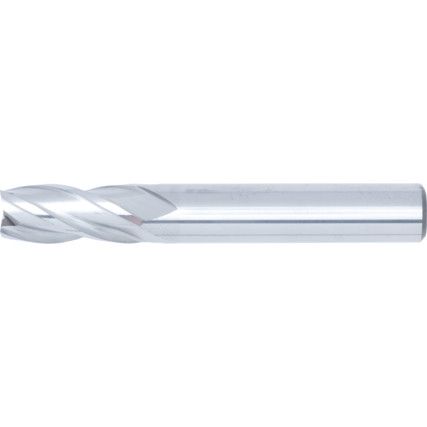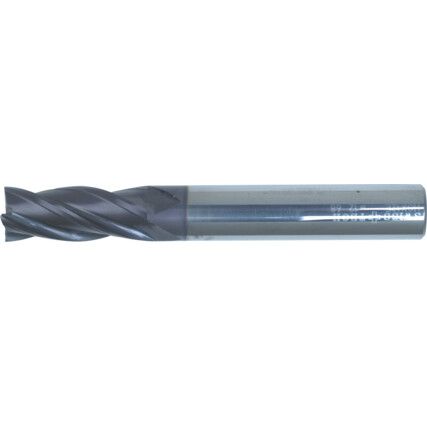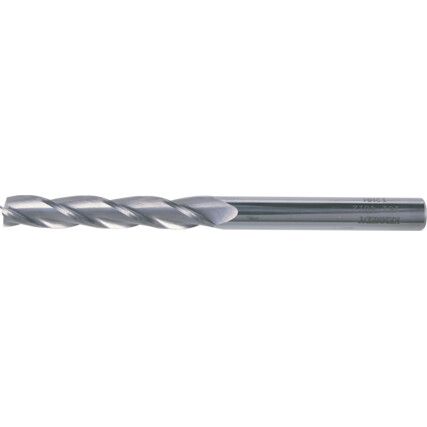End Mills
When using a CNC machine, it's important to ensure the correct end mill is in place for the task at hand. This can be fairly daunting at first, so allow us to take you through a few key types of end mills to help you choose.
Cromwell stocks a wide range of quality end mills from trusted brands used by industry professionals around the globe. Choose these invaluable cutting tools from market-leading brands, including Sandvik Coromant®, Dormer®, SwissTech® and Guhring®.
What are end mills?
Many people think end mills are similar to drill bits. This is a common misconception, as drill bits are designed to create holes by plunging directly into the material. End mills are far more versatile, and are able to create slots, profiles, or lateral cuts into material.
Why an end mill?
Professionals rely heavily on end mills in order to achieve optimal results during the manufacturing process. So much so, that milling machines are the most commonplace machine in the manufacturing industry. End milling is one of the most valuable operations undertaken throughout industrial machining, and end milling is only made possible through the use of proper end mills.
End mills can utilise teeth on the sides and end of the mill (unlike drill bits and other cutters) providing unparalleled accuracy and versatility throughout a diverse range of tasks.
When are end mills used?
End mills are generally used in milling applications, including...
• Profile milling
• Face milling
• Tracer milling
• Contouring
• Plunging
• Slotting
• Reaming
• Drilling
If you're looking for the ideal type of end mill for your job but aren't sure about the best one for your needs, feel free to ask our experts for specialised advice.
Types of End Mill
End mills come in a variety of designs, with each being suited to different tasks. Here are a few of the most common types of end mill, along with their uses:
• Ball nose end mills - Ball nose end mills boast a wide radius at the bottom, providing an excellent finish to any workpiece. They are typically used for cutting deep slots and ribs in moulds and can be used for machining deep corners. They are widely renowned for their accuracy.
• Fish tail router end mills - Fish tail end mills are used to prevent any splintering in the product and produce a flat surface when used. They are commonly used when producing precise contours or plunge routing.
• Roughing end mills - Roughing end mills use their rough teeth to remove a large amount of material in a short space of time. These heavy-duty end mills are designed for large surface area work, leaving a rough finish.
• V-bits - V-bits have a 'v' shaped end, which makes them especially useful for engraving work. Their small tips are ideal for producing small text in a delicate way.
Considerations when choosing an end mill
• Material - When choosing an end mill, you'll have a choice of a few different materials. The most common are HSS (high speed steel), carbide and cobalt. HSS are the cheapest and most commonly available material, however they also cut the slowest. Whilst cobalt end mills are slightly more expensive, but boast greater durability and can cut faster.
Carbide end mills are considered the best of the bunch, offering excellent speed, durability, and heat resistance. They can be used on the absolute hardest materials, such as certain alloys and cast iron.
• Coatings - Many end mills come with certain coatings to boost the usability of the product. Whilst not strictly necessary, coatings such as titanium diboride and aluminium nitride can help reduce the wear and friction inflicted upon your end mill.
End mill cutter jargon buster
We want to make your purchase with us as easy as possible, so we've listed some end mill speed calculations to help you to make the best choice for you...
• RPM: 3.82 x SFM ÷ endmill diameter
• IPM: RPM x flute number x chip load
• Chip load: IPM ÷ RPM x flute number
• SFM: endmill diameter x RPM ÷ 3.82
Tilt angle
Some end mills, especially ball nose end mills, perform better when used on a slight incline, or 'tilt'. This prolongs the life of certain end mills by avoiding a '0' SFM condition at the very centre of the tool.
FAQs
What's the best end mill for aluminium?
Whilst '2 flute' end mills have traditionally been used to tackle aluminium, '3 flute' end mills prove most effective in most finishing applications. The optimal rpm for milling aluminium is 15,000rpm or above.
How do I sharpen an end mill?
End mills are usually sharped with a surface grinder.

